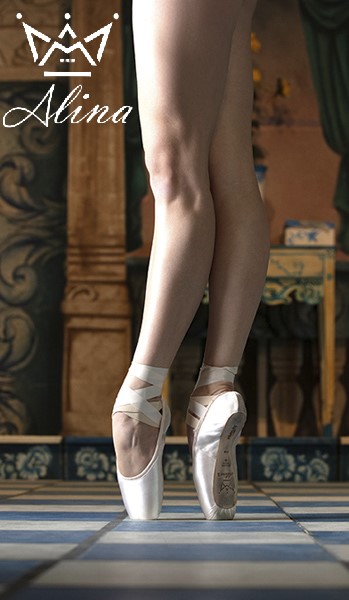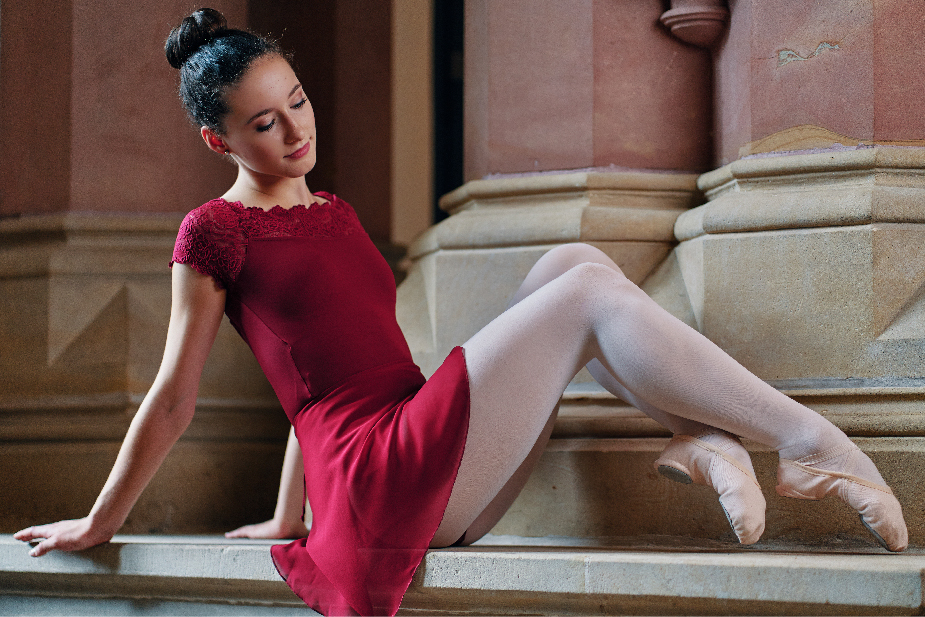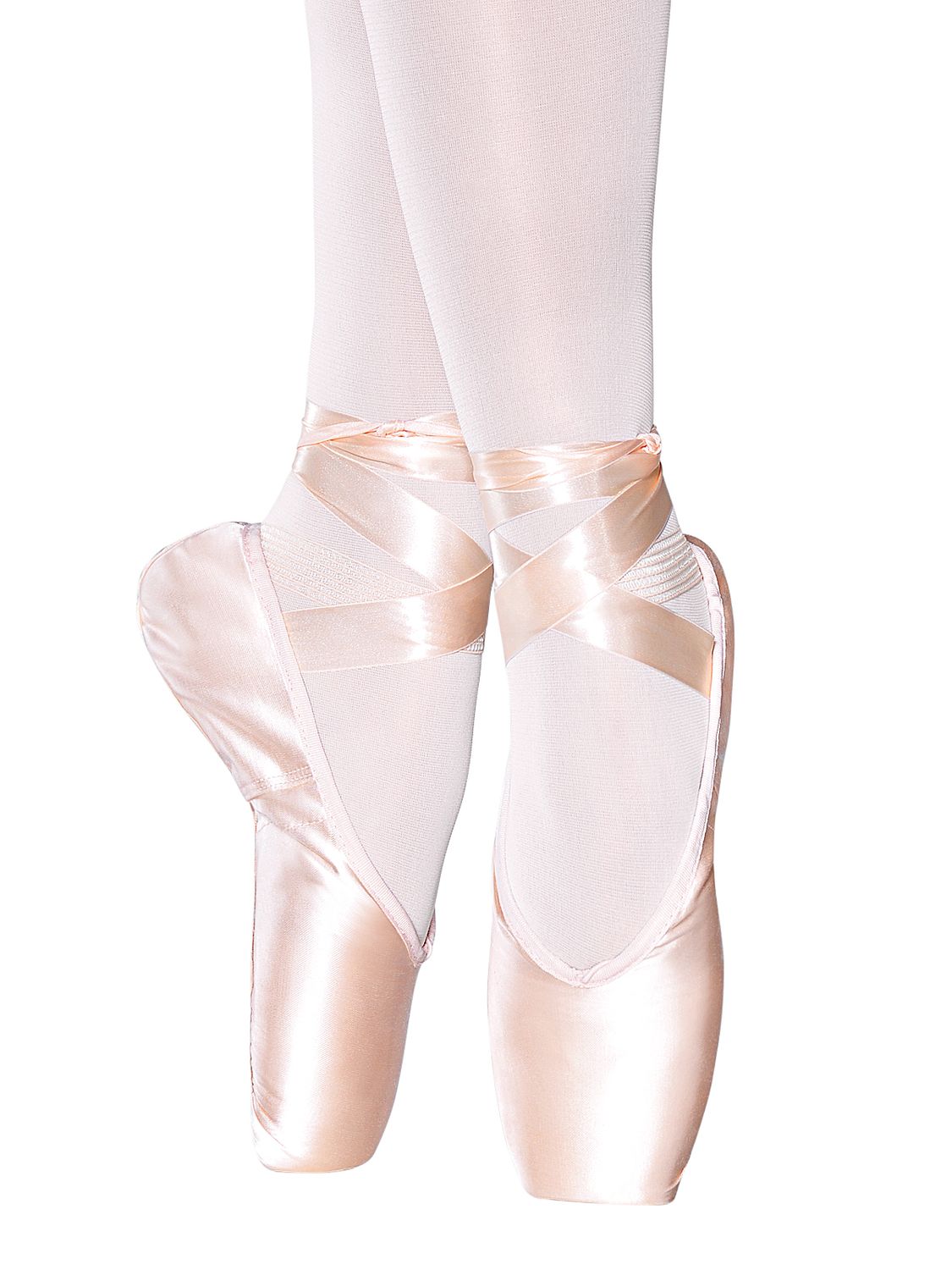BALLET POINTE SHOES
Buy pointe shoes for ballet at Rumpf
Every ballet beginner dreams of dancing on tiptoes in their first dance lesson. Dancers who seem to be dancing lightly and effortlessly in ballet shoes are admired in awe. However, in reality, dancing en pointe shoes requires a lot of technique and having gained a lot of strength in the feet and legs. When choosing your pointe shoes, you should therefore pay very close attention to the quality and fit so that the shoe suits your anatomy. You should also definitely wait for your dance teacher's approval before buying your first pointe shoes in order to avoid injuries. After all, having acquired an advanced technique is essential for dancing on pointe.
Frequently asked questions
From what level of training can you dance with pointe shoes?
Before you dance in pointe shoes for the first time, you need a solid technical foundation. As a rule, 3-4 years of ballet training with soft toe ballet shoes are necessary before you can stand en pointe confidently. If they have acquired a secure ballet technique, stable ligaments and well-developed foot muscles, girls can start pointework around the age of 12. However, this should only be done during practice with a certified ballet teacher and under no circumstances on their own at home.
How many pointe shoes does a dancer need?
How many pointe shoes you need depends on the strength and flexibility of your foot and your instep. Amateur dancers who practise once or twice a week only need one pair of pointe shoes, which can last up to a year. A professional dancer who trains on a daily basis may need two pairs of pointe shoes just for one performance.
How do I find the right pointe shoe for me?
When buying pointe shoes for the first time, you should seek professional advice when trying them on. Many dance shops offer advice and will help you choose the right shoes. Alternatively, you can also ask your dance teacher for help. In case you already have a pair that you feel comfortable in, you can simply buy them again online when needed.
The right pointe shoes for pointe practice
Every foot shape and every instep are different and for this reason not all dancers can wear the same pointe shoe. You can choose from models in different widths depending on the shape of your toes and foot. The level of training also plays a major role. Pointe dance beginners, who still do not have as much strength in their feet, need shoes with a different sole thickness than a professional dancer who dances en pointe every day. A novice pointe dancer who wears the wrong pointe shoes often does not even get on pointe at all or experiences great pain in their toes during practice. Although the sole and toe box are very hard, the pointe shoe must fit your foot like a glove. When buying your first pointe shoes, you should therefore seek advice from a professional or your ballet teacher. Once you have found the perfect model and size for you, you can always buy them again. At Rumpf, we supply pointe shoes in different widths and sole strengths so that you can find just the right model for your needs.


Ballet accessories for beginners and more advanced dancers
No matter how many years you have been dancing ballet, in our online shop you will find the right pointe shoes, dance leotards, tights and Accessories for practise. To dance on pointe, you will need a few accessories in addition to the matching pointe shoes. To ensure that the shoes fit properly on your feet, you need to grab a needle and thread and sew on the satin ribbons and elastics. We also offer toe protectors made of various materials to protect your toes from blisters and injuries, which provide good support and greater wear comfort in the box. To keep the satin and colour of your pointe shoes shiny for as long as possible, you have the option of protecting them with a cover up during dance breaks. This will protect your feet and shoes and allow you to concentrate fully on your performance during practice.

